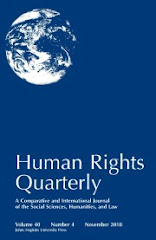According to international law, the essence of a treaty consists not in any record, document or other tangible form; rather, the treaty rests in the agreement between parties. In disputes over a treaty, argument will turn on what the parties intended. While words written on a treaty document will be mobilised to support a party’s position, the document does not itself constitute the treaty. What, then, do the forms and materiality of treaty documents tell us, and why should we focus on them? These material objects – treaty documents – manifest and constitute law, and legal relations and intentions precede their creation, as well as infusing their forms. This chapter will reflect on the relationship between treaties and their documented form: from the scrawls of explorer-treaty makers like Stanley in the Congo, which according to King Leopold of Belgium’s instructions, ‘in a couple of articles must grant us everything’; to treaties recorded in Wampum, a communication and diplomatic technology of the Indigenous Peoples on the east coast of what is now called North America; to the modern multilateral treaty. In doing so, it will shine a light on how material forms embody and manifest legal agreement; the universal pretensions of international law; and the imprint of European colonial dominance which is etched into their material forms.
Monday, October 31, 2022
Hohmann: Treaty Documents – Materialising International Legal Agreement
Jessie M. Hohmann (Univ. of Technology Sydney) has posted Treaty Documents – Materialising International Legal Agreement (in Law’s Documents: Materiality, Authority, Aesthetics, Katherine Biber, Trish Luker, & Priya Vaughan eds., 2022). Here's the abstract:





